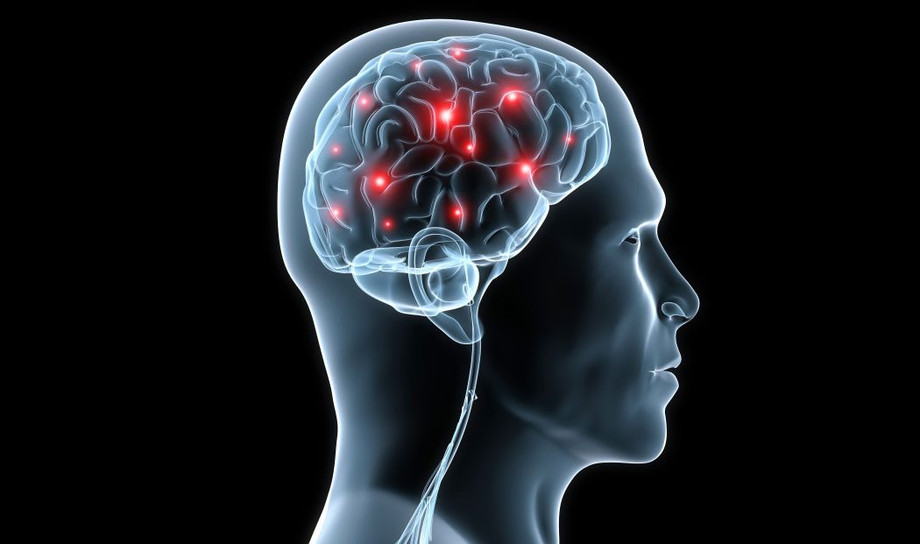What is Vascular Dementia?
Vascular dementia, also known as vascular cognitive impairment, is the second most common type of dementia after Alzheimer's disease. It occurs when the brain is damaged due to impaired blood flow. Problems with blood circulation in the brain disrupt its normal functioning and cause cognitive decline. Strokes, either single or multiple strokes, are a major cause of dementia. Other conditions that can reduce blood flow to the brain like mini-strokes, blood vessel diseases, brain bleeding or brain injuries also contribute to the development of dementia.
Risk Factors
Age is the biggest risk factor for vascular dementia. The risk increases sharply after 65 years of age. Other risk factors include high blood pressure, heart disease, diabetes, high cholesterol, obesity, smoking, and physical inactivity. A family history of stroke also elevates the chances of developing dementia. Untreated or poorly managed medical conditions that affect blood flow or increase chances of stroke put one at a higher risk.
Symptoms
The signs and symptoms of vascular dementia vary depending on which parts of the brain have been damaged. Typically, they develop slowly over time. Common symptoms include:
- Problems with attention and focusing.
- Difficulty with planning and organizing tasks.
- Impaired judgment.
- Reduced speed of information processing.
- Difficulty multitasking.
- Problems with abstract thinking and mental flexibility.
- Trouble learning new information and skills.
- Problems with spatial awareness.
- Fatigue and lack of motivation due to cognitive overload.
- Changes in mood and personality like increased irritability.
- Trouble with muscle coordination and balance in severe cases.
The onset of symptoms depends on severity and location of infarcts. Damage to the frontal and temporal lobes tends to impact executive functions and mood more. Occipital and parietal lobe lesions cause deficits in visual-spatial skills and attention.
Diagnosis
Diagnosing vascular dementia requires a careful examination of medical history as well as clinical interview and mental status evaluation. Physical exams check for stroke signs. Neuropsychological assessments evaluate specific cognitive functions impacted. Brain scans are also crucial for diagnosis.
MRI and CT images help detect signs of past strokes, bleeding, and brain lesions. PET and SPECT scans can spot reduced activity in affected areas. Blood tests screen for markers of diseased blood vessels and evaluate risk factors. Diagnosis involves ruling out conditions like Alzheimer's disease, Parkinson's disease, and depression. A neurologist or geriatrician experienced in dementia diagnoses the condition based on test findings and symptom presentation.
Managing Vascular Dementia
There is currently no cure for dementia. However, early diagnosis allows for timely management of medical issues and risk factors. The goals are to slow down progression and maintain functioning through a combination of:
- Aggressive control of vascular risk factors like high blood pressure, diabetes, and high cholesterol through medications, diet, and exercise.
- Treatment of underlying conditions like atrial fibrillation, heart disease etc.
- Therapy and lifestyle adjustments to cope with cognitive and behavioral changes.
- Safety modifications at home to prevent accidents.
- Engaging brain through mentally stimulating activities and social interaction.
- Living a brain-healthy lifestyle with regular exercise, a Mediterranean diet, moderate alcohol intake and not smoking.
- Medications and supplements with some evidence for symptom management.
- Caregiver education and support to manage patient care at home.
- Planning future care through advance directives for disease progression.
With a concerted effort to address all risk factors and lifestyle modifications, the onset of severe symptoms in dementia can be delayed by a few years on average. However, no cure currently exists for neurodegeneration due to damaged brain tissue.
Living with Vascular Dementia
After diagnosis, it is common to experience grief, loss of independence and lowered self-esteem due to declining cognition. Learning about dementia and connecting with others in similar situations helps to cope better. Focusing on current abilities instead of losses and maintaining regular routines are important for well-being. Caregivers need to communicate needs patiently without pressure and make home safe. Joining a support group can reduce isolation while care continues at home for as long as safely possible. With a positive attitude and the right long term care approach, quality of life can be maintained.
In conclusion, vascular dementia poses challenges but its progression can be slowed down significantly with timely care of modifiable risk factors and healthy lifestyle habits. Managing the medical conditions proactively along with physical and mental stimulation improves functioning and delays further impairment. A team care approach involving patients, caregivers and healthcare providers helps maximize reserves and independent living. While no cure exists currently, ongoing research and therapeutic avenues offer hope for more effective management of the world's second most prevalent cause of dementia in future.
About Author:
Ravina Pandya, Content Writer, has a strong foothold in the market research industry. She specializes in writing well-researched articles from different industries, including food and beverages, information and technology, healthcare, chemical and materials, etc. (https://www.linkedin.com/in/ravina-pandya-1a3984191)
*Note:
1. Source: Coherent Market Insights, Public sources, Desk research
2. We have leveraged AI tools to mine information and compile it

